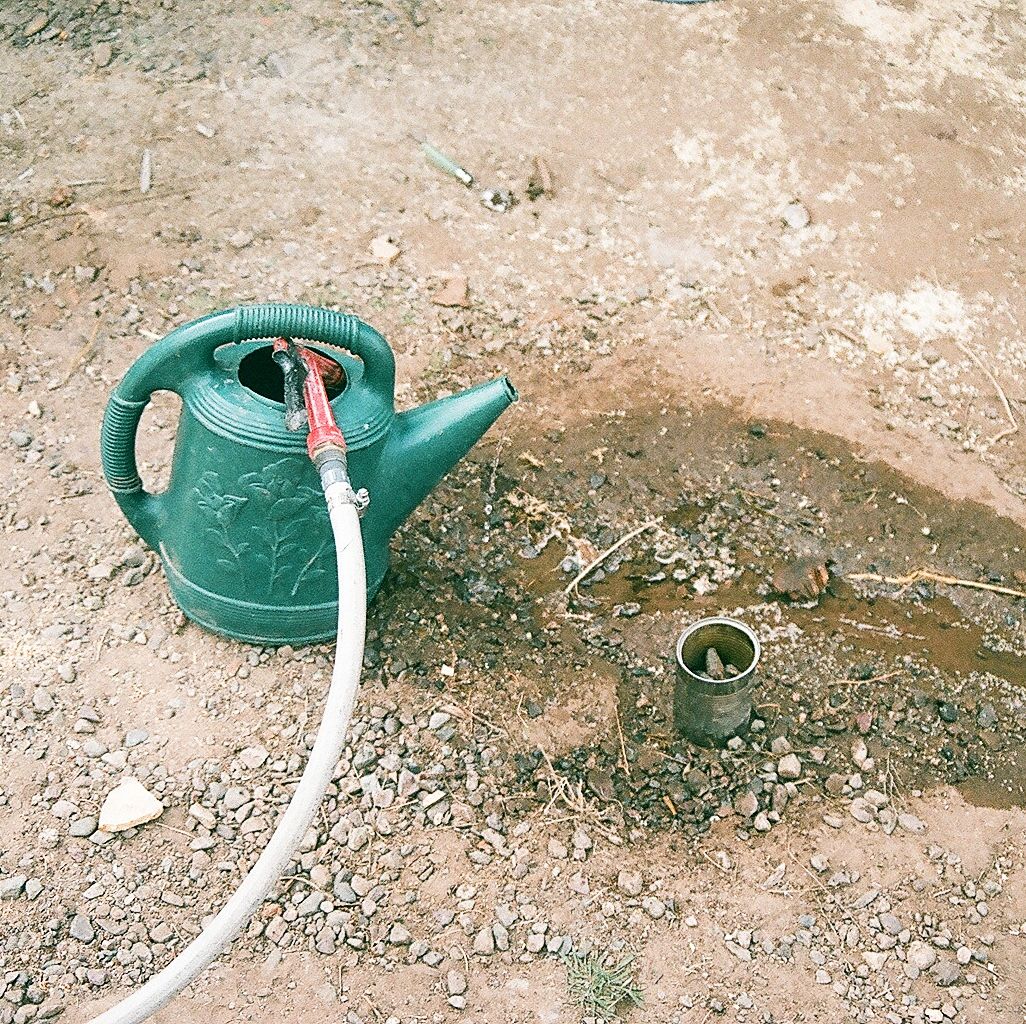
What can TDS meters tell you about your water quality?
We get a lot of questions about TDS meters and more specifically, we are often met with confused customers who find their TDS meter's ppm (parts per million) reading is far from what they expected. If you've had this experience too, you're not alone. Perhaps we can help clarify what's going on.
Our filters utilize a patented ionic-adsorption micro-filtration process that features a 2.0-micron pore size. This allows us to have the highest contaminant reduction in the industry! However, many customers (perhaps you) are curious as to why our filters don’t reduce the Total Dissolved Solids, or “TDS” found in tap water.
Here’s why:
The TDS is not an accurate indication of water quality.
Total Dissolved Solids aren’t linked with adverse health effects. In fact, the main component of TDS is minerals (such as calcium, potassium, iron etc.). Higher TDS readings often indicate higher levels of the trace minerals in the water which is actually desirable.
The best part about our product is that it is able to filter out the chemicals, disinfectants and heavy metals in ONE STEP but is also able to leave the healthy mineral content of the water in tact. Our filters are not designed to remove minerals such as other Reverse Osmosis or Distillation processes do.
The recent popularity of inexpensive and portable TDS meters has now made testing one’s tap water fairly common practice. However, these devices really don’t tell the whole story, and most people are led to believe that high levels of TDS are bad when in fact, bottled mineral water will have readings in excess of 250ppm! So if you are testing your water with a TDS meter, know that your readings will vary, and that a TDS reading higher than the tap water is NOT an indication of a faulty filter.
How can this be you might ask? As a by-product of our patented ionic-adsorption filtration process, the charge of water passing through the filter changes slightly. This can result in TDS readings HIGHER than the tap water itself. The TDS meters are sensitive to changes in positive (+) or negative (-) charges and a higher reading DOES NOT reflect a poor water quality. It actually indicates that the filter is working and doing it’s job to remove contaminants!
A TDS meter measures the conductivity (positive or negative charge) of the water. As previously mentioned, our filters use an ionic adsorption process which leaves the water with a slightly positive charge. This will cause the meters to show a higher TDS reading when in reality nothing has been added to the water. In essence, it just proves that the filter is working so yay!
If the filters haven’t been properly flushed before testing it, there can be some residual carbon from the filter that falls off. Our filters are made of activated coconut carbon and during shipping some of the carbon shakes off naturally and this could also result in a higher TDS reading. But the carbon we use is EPA approved and has no adverse health effects whatsoever.So it may seem tempting to rely on your new trusty little buddy, the TDS meter, but in our experience, we have found its results to be widely confusing and mis-informative. To truly get an accurate portrayal of what's in your water and what a filter removes, it is important to get it properly tested, which can be expensive. So we've done the testing for you, so you can save the money and time and know you're getting quality filtered water!


Forrest G
Crazy about clean water, rocks (climbing them), and gardening
